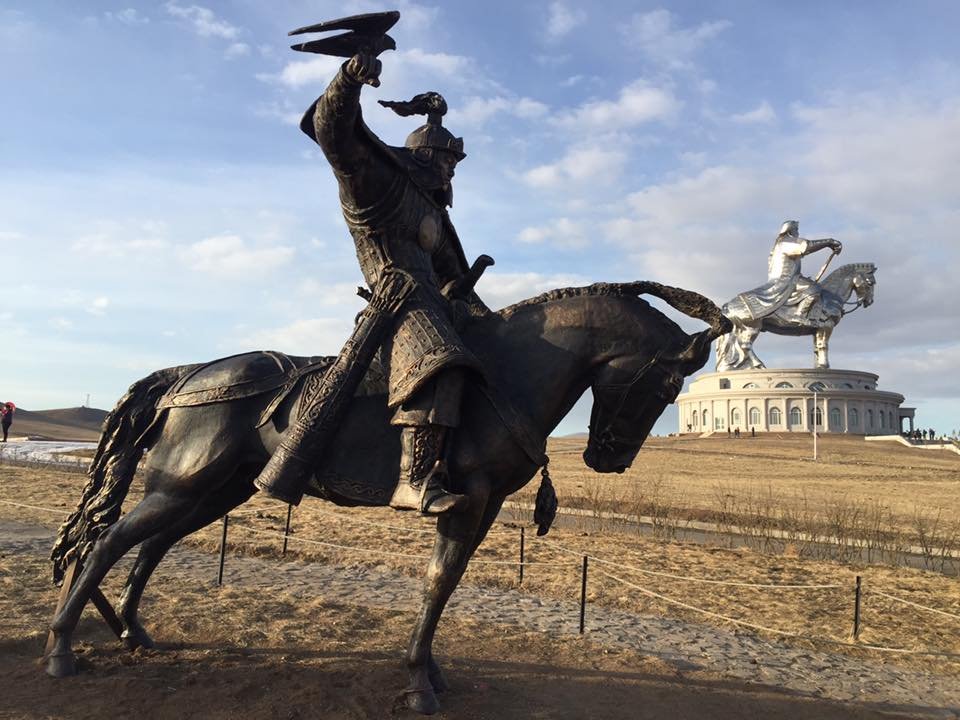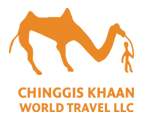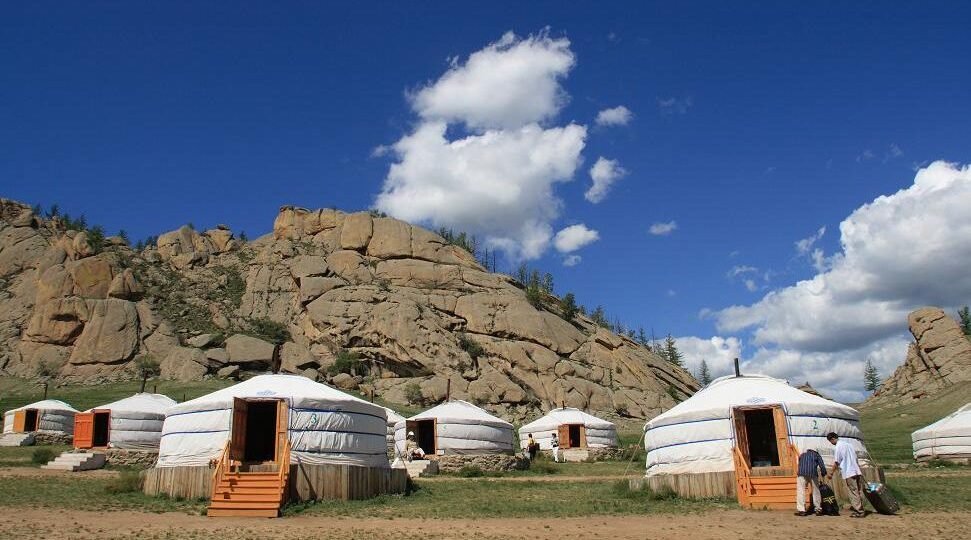The history of Mongolia is inextricably linked with the history of Mongolian migration and settlement. The Hun and Xianbi dynasties were established in the territory of present-day Mongolia with nomadic civilization.

The most powerful period in the history of Mongolia was when Genghis Khan united Mongolian tribes and provinces to form the Mongol Empire in 1206 and conquered Asian and European countries by military force.
Genghis Khan’s successors expanded their territory until the 13th century and managed to establish their dominance over the widest area in human history, from Vietnam to Eastern Europe. The places visited by Mongolian horsemen include western Europe, the Iberian Peninsula, the Philippine Islands and Japanese Islands to the east, and the Kamchatka Peninsula to the north. This flood covered a total area of more than 40,000,000 km².
Although the Mongols stood out in world history and brought culture and trade between Asia and Europe to a new level, they still lived a nomadic life. Thus, in 1262, the Great Mongol Empire disintegrated and divided into four major powers, namely the Golden Horde, the Il Khanate, the Chagaadain, and the Yuan, and continued to fight or unite with each other until the 16th century. It was at this time that the Mongols began to be influenced by Buddhism, and soon after that, from the end of the 17th century to the middle of the 18th century, most of the Mongols came under the rule of the Qing Dynasty. At the beginning of the 20th century, in 1911, when the Qing state collapsed, the three countries of China, Tibet and Mongolia became independent at the same time. At this time, Mongolians first established the People’s Republic of Mongolia with the help of Imperial Russia, and then in 1924 with the help of the Soviet Union, the Mongolian People’s Republic became the second socialist country in world history. After that, he was able to develop his country side by side with the Soviet Union. The 1989 revolutions in Eastern Europe also brought changes in the state in Mongolia, and as a result, in 1992, it transitioned to a constitutional and free market society with a democratic regime.

